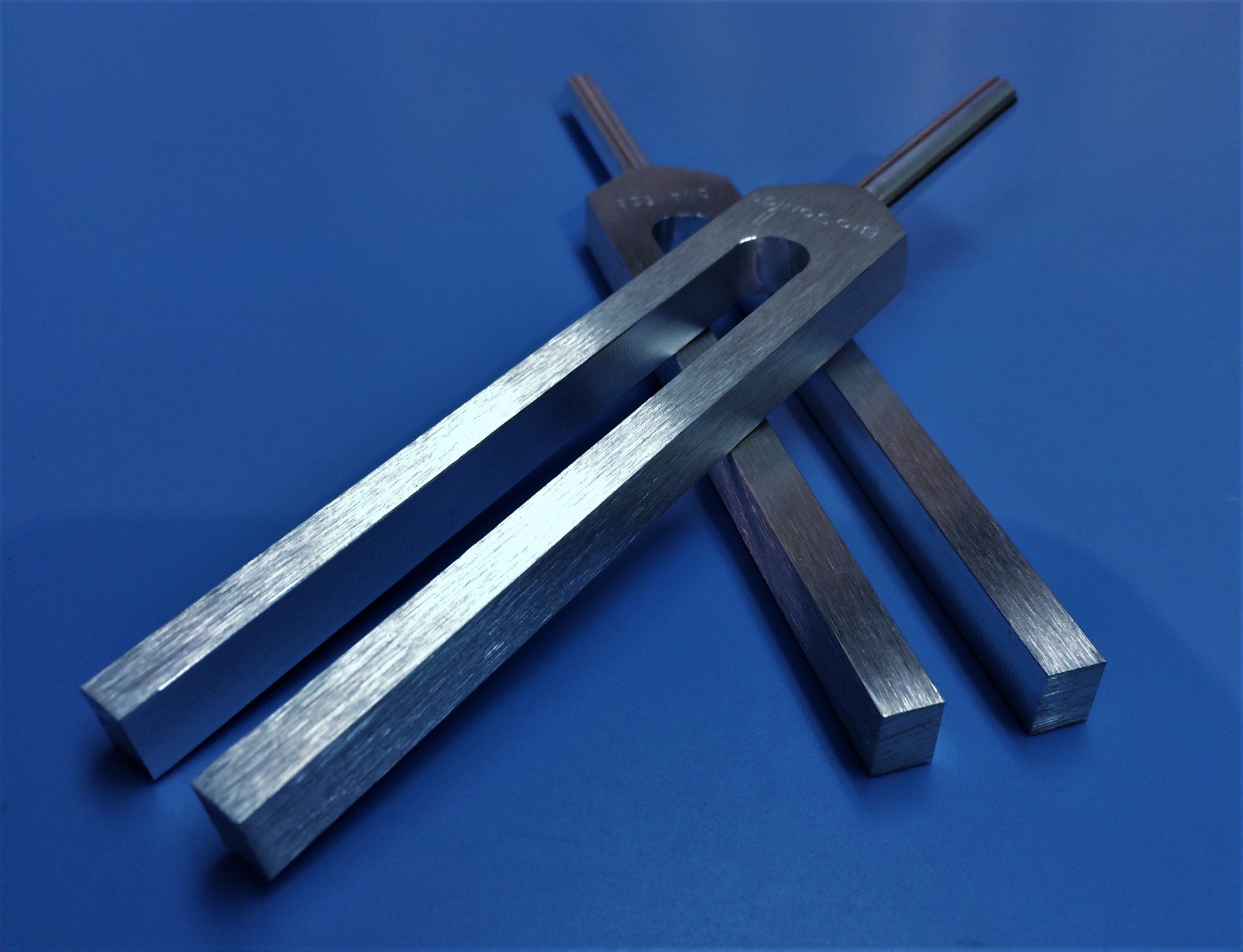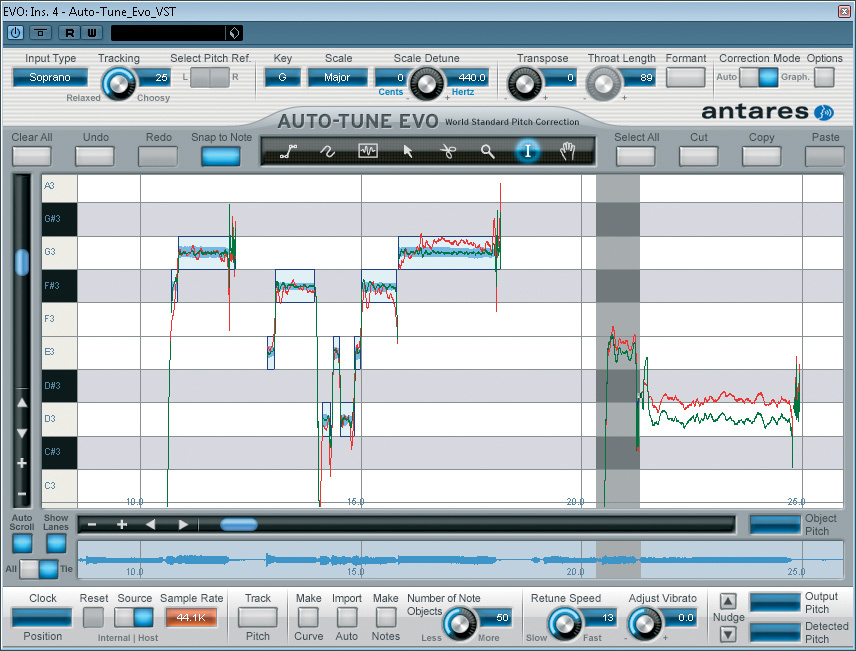Auto Tune Tune Percent Corrected
- Font:
- +
- -
- Jan 24, 2019 The $99 Auto-Tune Access simplifies everything down to the essentials, giving users only the most basic set of controls — though the company promises that you’ll still be able to go “from subtle, natural-sounding pitch correction to the most extreme Auto-Tune Effects.” The.
- Hildebrand: At one extreme, Auto-Tune can be used very gently to nudge a note more accurately into tune. In these applications, it is impossible for skilled producers, musicians, or algorithms to.
- Once you have completed your Auto Tune session before you shut the bike off select EXIT and then select EXPORT LEARNED. This step creates a new Auto Tuned map and allows you to place it in the Tune Manager. Do no overwrite the previous tune you were using, select a different slot. You now have an Auto Tune “corrected” tune in the tune manager.
- Auto-Tune can also be used as an effect to distort the human voice when pitch is raised or lowered significantly, such that the voice is heard to leap from note to note stepwise, like a synthesizer. Auto-Tune has become standard equipment in professional recording studios.
- Sep 03, 2015 I wanted to put this together to help folks running the FP3 to better understand the Auto-Tune Process, how it works and what you can do to help the FP3 ‘LEARN’ all it can during the session. The FP3 is a very easy-to-use tuner that connects via Bluetooth directly to your smart phone (.
The following sentence might come as a huge shock to teens and Millennials, so stop tweeting for a second, kids, and get prepared for a totally outlandish statement. Here it is: Once upon a time, pop singers were actual singers.
Jun 02, 2009 Oh, my ears! Auto-Tune is ruining music The device makes everyone sound good, which isn’t so good Below: x Jump to discuss comments below; discuss. So, we have some preliminary Bama test results comparing our 93 Race tune to the ProCal tune to the stock tune. These results were done yesterday, all within an hour, with about 25 minutes of cool down time between each run. Same car, same dyno, etc. All runs were done on a Dynojet 224xLC with no added load on the dyno, inertia pulls.
- Autistic ballerina dances her way into hearts
In a popular YouTube video, the beaming little ballerina dances an entire four-minute routine seemingly perfectly, matchin..
- Autistic ballerina dances her way into hearts

Yes, I know. That’s hard to comprehend since the pop charts are now dominated by artists who use Auto-Tune, the software plug-in that corrects the pitch of those who can’t really cut it in the vocal department and turns their vocals into robo-voices. While everyone under 30 recovers from that revelation, here’s what I mean by “actual singers.”
Back in the day, pop artists like Frank Sinatra and the Beatles used to be able to record albums in just a few days. Country musicians like Patsy Cline and George Jones trudged through grueling tours in out-of-the-way rural locales yet still missed nary a note. R&B musicians like the Supremes and the Four Tops navigated their way through complex choreography but still belted out songs out like their lives depended on it.
And while today, we still have singers with massively impressive pipes, a whole lotta them could never have rocked it for real like the Motown gang. These days, artists are able to get by on looks, publicity and aid from Auto-Tune.
You can hear the robotic, processed sound of the plug-in on recent hit records like “Blame It” by Jamie Foxx and T-Pain, “Just Dance” by Lady Gaga and “Right Now (Na Na Na)” by Akon. It’s also heard on tracks by Kanye West, Britney Spears and Lil Wayne. When West attempted to sing “Love Lockdown” without the plug-in on “Saturday Night Live,” the results were none too impressive and got ridiculed online. You can hear 10 examples of “Auto-Tune Abuse in Pop Music” on Hometracked, a blog geared toward home recording enthusiasts.
Paula Abdul also uses Auto-Tune on her new song, “Here for the Music,” which she performed (i.e. lip-synched) on “American Idol” May 6. It was evident just how artificial Abdul’s vocals were when she was followed by Gwen Stefani, who gave a warts-and-all live vocal on No Doubt’s “Just a Girl.”
Country and rock singers are said to use Auto-Tune to protect themselves from hitting bum notes in concert. Pop singers use it when they have a hard time singing while executing complicated dance moves (raising the question as to why they’re letting their dancing take precedence over their music). Auto-Tune has become so ubiquitous that indie rockers Death Cab for Cutie wore blue ribbons at this year’s Grammy Awards ceremony to protest its overuse.
Evolved from Mac OS 9 to X, it went through eleven significant upgrades - Cheetah, Puma, Jaguar, Panther, Tiger, Leopard, Snow Leopard, Lion, Mountain Lion, Mavericks, and Yosemite, becoming more and more adaptive and user-friendly. The El Capitandu version in particular, fixed many bugs while a lot of new features have been added, and system security has been greatly enhanced as well.
Building the ‘perfect’ beast
The prevalence of Auto-Tune comes from two longstanding pop music traditions — the desire to alter the human voice and the quest for perfection at the expense of real talent and emotion.
The first of these can lead to inspiring moments, as the New Yorker’s Sasha Frere-Jones noted in an essay last year. Pioneering voice tweakers include producer Quincy Jones, who punched up Lesley Gore’s vocals with double tracking on “It’s My Party,” and George Martin, who gave us a childlike sped-up John Lennon on “Lucy in the Sky with Diamonds.” Later on, Peter Frampton wowed audiences with his talk box guitar effect and a decade later, vocals were being put through harmonizers to get jarring outer space effects.
Windows auto tuning gaming. Cannot receive email or download from POP3 mail server by email clients such as Thunderbird. Java applets fail to download and open. No mail arrived although users may see the message “receiving 1 of 3 messages”, and eventually the receiving process will time out with the error number 0x800CCC19 timeout.
Of course, to pull off any of those effects, you had still had to be able to sing. With Auto-Tune you don’t.
Then there’s the quest for perfection. By the 1970s, producers were able to edit or splice together vocal takes from various tracks and eventually they started to use hardware that corrected vocal pitch to create “perfect” performances. When the sound editing program Pro Tools became the industry norm in the 1990s, kludged-together vocal tracks became the norm.
But too much meticulousness in pop music strips away passion. And the very reason we listen to music, noted the late rock critic Lester Bangs, is to hear “passion expressed.” Auto-Tune makes people sound like robots. And if there’s no feeling, why listen at all?
Some people apparently aren’t listening anymore. Sales of major label CDs are down. But more authentic sounding music still has fans. Paste magazine recently reported that indie music is selling more, and the one area of commercial music that’s remained popular is “American Idol,” where you can’t fake it (unless you’re Paula Abdul).
The producers speak
A lot of producers like to use Auto-Tune because it saves time, says producer Craig Street, who has worked with Norah Jones, k. d. lang and Cassandra Wilson. “If you have a smaller budget what you’re doing is trying to cram a lot of work into a small period of time,” Street says. “So you may not have as much time to do a vocal.”
Craig Anderton, a producer and music writer, observes that Auto-Tune “gets no respect because when it’s done correctly, you can’t hear that it’s working.
“If someone uses it tastefully just to correct a few notes here and there, you don’t even know that it’s been used so it doesn’t get any props for doing a good job,” Anderton notes. “But if someone misuses it, it’s very obvious — the sound quality of the voice changes and people say ‘Oh, it’s that Auto-Tune — it’s a terrible thing that’s contributing to the decline and fall of Western music as we know it.”
One producer who dislikes Auto-Tune is Jon Tiven, who cut his musical teeth in the punk rock era with his band the Yankees, and went on to produce soul singers Wilson Pickett and Don Covey as well as Pixies founder Frank Black. Tiven thinks Auto-Tune has led to the destruction of great singing.

“I don’t know how many levels you want to drop the bar for what it takes to become a successful musical person,” Tiven says. “You could sacrifice on some levels, but it would seem to me one of the first things you would really be hard pressed to sacrifice is if the person could sing in tune or not.”
Street says the like or dislike of Auto-Tune largely comes down to aesthetics, and likens people’s feelings about listening to unnatural sounds with the way some people feel about unnatural body modifications, such as breast implants.
Auto Tune Tune Percent Corrected For Low
And that makes sense. After all, today we have models and actors whose faces and bodies were never intended by nature, reality TV that’s not real, and sports “heroes” whose strength comes from pills not practice. It’s totally understandable that the commercial pop world would embrace an unnatural aesthetic. Whether audiences will someday want pop singers who are first and foremost singers remains to be seen.
Auto Tune Tune Percent Corrected Online
© 2013 msnbc.com. Reprints